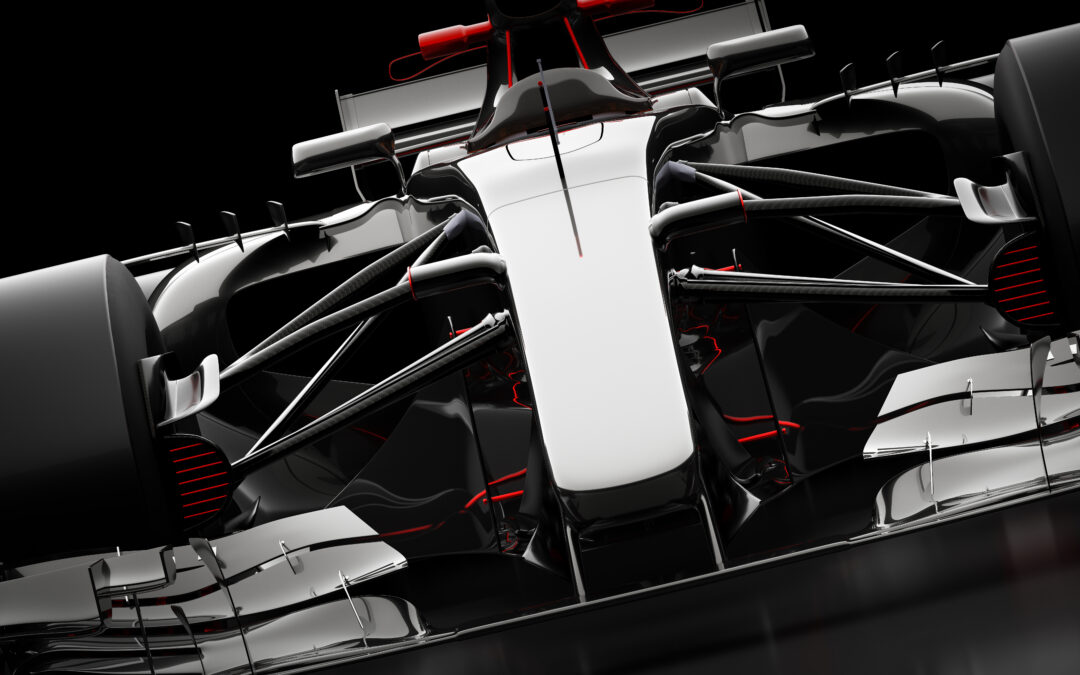Get ready to buckle up and hold on tight as we dive into the electrifying world of Formula 1 racing, where the thrill of speed meets the precision of engineering. From the heart-stopping start to the final lap, F1 races are a captivating display of power, skill, and strategy that keep audiences on the edge of their seats.
Every race is a battle of wits and nerves, where the best drivers on the planet showcase their expertise behind the wheel. With speeds reaching up to 220 mph, these sleek machines defy gravity and push the limits of human capability. The deafening roars of the engines, the smell of burning rubber, and the sight of cars zooming past in a whirlwind create an atmosphere like no other.
But F1 is not just about speed. It’s a symphony of engineering marvels, where cutting-edge technology and meticulous design come together to create high-performance masterpieces. From the aerodynamic shape of the vehicles to the tire grip and braking systems, every minute detail is carefully crafted to optimize speed and safety.
So, get ready to experience the heart-pounding adrenaline rush as we take you through the twists and turns of F1 racing. Whether you’re a die-hard fan or a newcomer to the sport, prepare to be enthralled by the fast and furious world of Formula 1.
The History and Evolution of F1 Racing
Formula 1 racing has a rich and fascinating history that dates back to the early 20th century. It all began in 1950 when the inaugural Formula One World Championship was held at Silverstone Circuit in the United Kingdom. Since then, the sport has grown exponentially, captivating fans from all corners of the globe.
Over the years, F1 racing has undergone significant changes and evolutions. From the introduction of safety regulations to the advancements in technology, each era of F1 has left its mark on the sport. The early years saw the dominance of legendary drivers such as Juan Manuel Fangio and Niki Lauda, while the modern era is defined by the fierce rivalry between Lewis Hamilton and Sebastian Vettel.
The Technical Aspects of F1 Racing
At first glance, an F1 car may seem like a mere sleek and aerodynamic machine. However, a closer look reveals the intricate engineering behind these high-speed beasts. The cars are built with lightweight materials to maximize speed and maneuverability while ensuring the safety of the driver.
Aerodynamics play a crucial role in F1 racing. The shape of the car, including the wings and diffusers, is carefully designed to maximize downforce and minimize drag. This allows the car to maintain stability and corner at high speeds. The tire grip is another essential aspect of F1 racing, with different compounds and treads being used depending on track conditions.
Famous F1 Tracks around the World
F1 races take place on some of the most iconic and challenging tracks around the world. From the historic Monza Circuit in Italy to the glamorous streets of Monaco, each track has its own unique characteristics and demands different skills from the drivers.
Monza, known as the “Temple of Speed,” is the fastest track in the calendar, with long straights and high-speed corners. On the other hand, Monaco is a street circuit that requires precision and concentration due to its tight and narrow layout. Other famous tracks include Silverstone in the UK, Spa-Francorchamps in Belgium, and Suzuka Circuit in Japan.
The Top F1 Drivers of All Time
Throughout the history of F1 racing, there have been exceptional drivers who have left an indelible mark on the sport. From the legendary Ayrton Senna to the record-breaking Michael Schumacher, these drivers have showcased their skills and determination on the track.
Ayrton Senna is widely regarded as one of the greatest drivers of all time. His aggressive driving style and unparalleled talent made him a force to be reckoned with. Michael Schumacher, with his seven World Championships, holds the record for the most titles in F1 history. Other notable drivers include Juan Manuel Fangio, Alain Prost, and Lewis Hamilton, who is currently rewriting the record books.
The Thrills and Dangers of F1 Racing
F1 racing is not for the faint-hearted. The speed and intensity of the sport come with inherent risks and dangers. From high-speed crashes to mechanical failures, every race presents a potential threat to the safety of the drivers.
Safety measures have come a long way since the early days of F1 racing. Today, drivers wear flame-resistant suits, helmets, and neck restraints to minimize the risk of injury. The introduction of safety barriers, run-off areas, and advanced track design has also contributed to reducing the severity of accidents. However, the dangers still persist, and every driver knows the risks they face every time they step into the cockpit.
Behind the Scenes of an F1 Team
While the drivers are the stars of the show, F1 racing is a team sport. Behind every successful driver, there is a team of engineers, mechanics, and strategists working tirelessly to ensure the car performs at its best.
The engineers play a crucial role in developing and fine-tuning the car’s performance. From wind tunnel testing to computer simulations, they leave no stone unturned in the pursuit of speed and efficiency. The mechanics work tirelessly to maintain and repair the cars, often under intense time pressure during pit stops. The strategists analyze data, monitor race conditions, and make split-second decisions to give their team the competitive edge.
F1 Racing Technology and Innovation
Formula 1 racing has always been at the forefront of technological innovation. The sport has been a testing ground for new technologies that eventually find their way into road cars.
One such example is hybrid power units. F1 introduced hybrid technology in 2014, combining a traditional internal combustion engine with an energy recovery system. This technology has not only enhanced the performance of F1 cars but has also influenced the development of hybrid road cars.
Another area of innovation is data analytics. F1 teams collect vast amounts of data during each race, analyzing everything from tire wear to fuel consumption. This data helps teams make informed decisions and optimize their strategies both on and off the track.
How to Get Involved in F1 Racing
If you’re passionate about F1 racing and dream of getting involved in the sport, there are various avenues to explore. One option is pursuing a career in motorsport engineering, where you can work on developing the next generation of F1 cars. Another option is becoming a race engineer or a mechanic, where you’ll be directly involved in the race day operations.
For those who prefer a business-focused role, there are opportunities in F1 team management, marketing, and sponsorship. Building a strong network within the industry and gaining relevant experience through internships or apprenticeships can also help you kickstart your career in F1 racing.
Conclusion: Why F1 Racing Continues to Captivate Audiences Worldwide
In conclusion, Formula 1 racing is a unique blend of speed, skill, and innovation that continues to captivate audiences worldwide. The history and evolution of the sport, coupled with the technical aspects and famous tracks, make every race a spectacle to behold. The legendary drivers, the thrills and dangers, and the behind-the-scenes efforts of the teams all contribute to the allure of F1 racing.
Furthermore, F1 racing serves as a testing ground for cutting-edge technology and pushes the boundaries of what is possible. The sport’s ability to captivate fans and inspire future generations is a testament to its enduring appeal.
So, whether you’re a fanatical follower or a casual observer, strap yourself in and prepare to be swept away by the exhilarating world of Formula 1 racing. The fast and furious nature of the sport will leave you breathless and craving for more.

